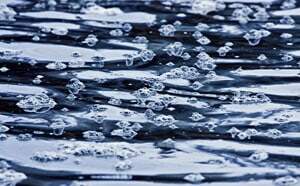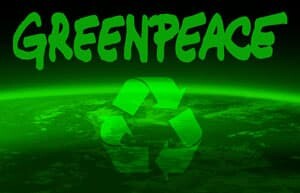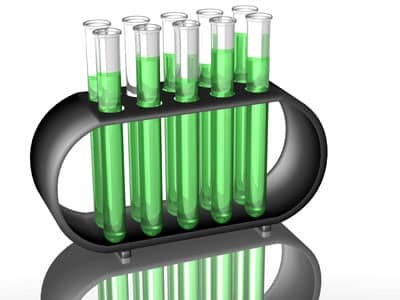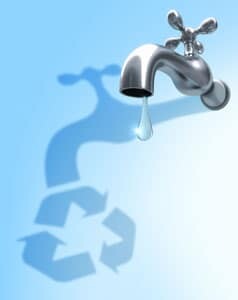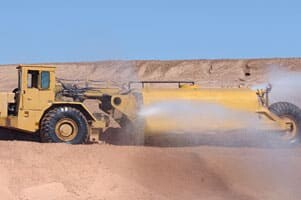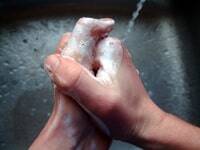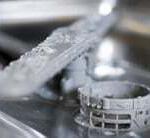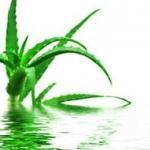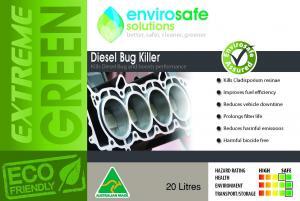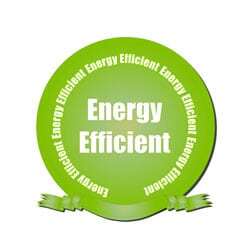 Did you know that “conventional electricity from the supply grid currently produces the largest amount of C02 of any energy source per unit of energy used, except in Tasmania where most of the electric power is sourced from hydroelectricity?”[1] Given our reliance on electricity, it certainly gives us a bit to think about in terms of our own usage and our wish to make a personal difference to the plight of the planet.
Did you know that “conventional electricity from the supply grid currently produces the largest amount of C02 of any energy source per unit of energy used, except in Tasmania where most of the electric power is sourced from hydroelectricity?”[1] Given our reliance on electricity, it certainly gives us a bit to think about in terms of our own usage and our wish to make a personal difference to the plight of the planet.
So, what does it actually mean to “go green?” How can an individual implement new approaches and more sustainable practices in the home and office? There are so many ways we can convert words into action, if we are informed and educated about new green technologies and new green approaches. Developing an energy efficient life approach is just one way of contributing to a reduction in greenhouse gas emissions as well as reducing your energy bills considerably. Envirosafe Solutions offers some easy tips and ideas to help the average householder and business on their way….It’s all about action….
Envirosafe Tips to Increase Your Energy Efficiency
- Install solar power panels on your roof.
- Replace old light bulbs with new energy efficient “smart” bulbs. Think about CFLs (compact fluorescents) which use 80% less energy and last up to ten times longer than normal bulbs.
- Turn off light switches and power points before bed. Your electricity bills will reduce dramatically and you will also be slashing your household’s CO2 emissions.
- Don’t hesitate to have a home or office assessment done. Sustainability assessments involve a specialized consideration of your approach to power use, water use, refrigeration, cooking and can be done in a couple of hours.
- When replacing appliances, source energy efficient versions and brands. Appliances actually account for around 30% of a household’s energy usage. Make sure to source brands that have an Australian energy rating label with lots of stars! (The more stars…the greater the efficiency.)
- When replacing your refrigerator, be sure to purchase a size suited to your lifestyle and your real needs. A big, bold empty fridge that has lots of empty shelves for a couple or a small family, might look great but it will cost a lot more to run.
- Front loader washing machines are known to be more water and energy efficient. Consider replacing your old top-loader with an eco-friendly front loader.
- Consider insulation. Insulation prevents heat loss in winter and obstructs heat gain in summer.
- TURN OFF THAT DRYER and hang the clothes outside! Did you know that a run of the mill clothes dryer actually contributes up to 3kilograms of greenhouse gases to the atmosphere with every load that is dried?
- Buy a clothes horse and have an undercover drying area for rainy days.
- Cut down on draughts in your office and/or your home. Did you know that blocking draughts around windows and doors can cut your energy bills by a massive 25%?
- When cooking, think twice about using the oven. Ovens chew up energy at an alarming rate. Consider a fan-forced oven which uses less electricity, or if possible, switch to electric fry pans and even pressure cookers.
- Check seals on your oven and your fridge
- Don’t continually boil water unnecessarily
- Remember to use a toaster as opposed to a stove or oven griller. Toasters use far less energy and are also more convenient![2]
We hope you enjoy these practical tips and can put them into action…soon.
And lastly of course, source environmentally safe household and industry products that are less harmful to the planet, such as those produced by Australia’s very own Envirosafe Solutions.
Call Envirosafe Solutions on 1300 88 90 70
[1] www.yourhome.gov.au/technical/fs61.html








